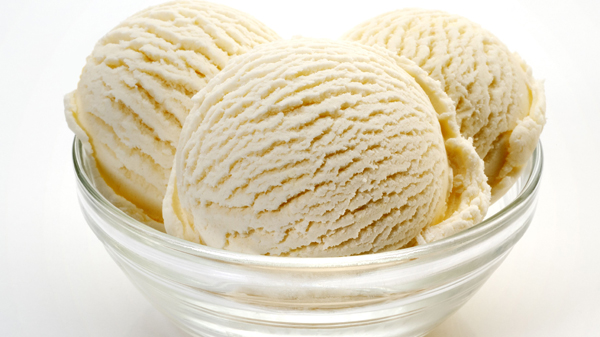rocthecourse
* Ace Member *
Funny, when I read this thread the first course I thought of was Grey Fox, specifically holes #1 and #2. The whole character of the course is completely different right out of the gate, if the pins are in short or long position.
They fixed #2 by adding a 3rd position AND and another basket. So if you want some extra challenge you can go for the long position with the basket set back in the woods, if you want to play the standard layout you can go for the basket in the open. I usually play both.
